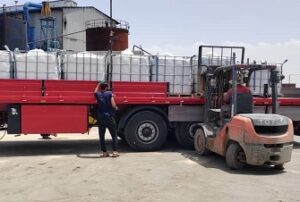Bitumen Markets Diverge Across Africa Amid Weather and Infrastructure Cycles
The onset of the rainy season in West Africa has materially reduced bitumen consumption as extended precipitation disrupts construction and road paving activities. In Nigeria, demand declined sharply within weeks of mid-June rains, with site access severely restricted and project timelines delayed.
Despite this, port throughput remains steady, with Nigerian terminals maintaining consistent bitumen imports to ensure supply readiness post-season. However, elevated crude oil and high-sulfur fuel oil (HSFO) prices have introduced significant volatility in bitumen cargo valuations, complicating procurement and margin optimization for market participants.
Conversely, East African markets demonstrate sustained demand and pricing stability. Current CIF rates for drummed bitumen stand at approximately $110–120/mt in Mombasa, $125–135/mt in Dar es Salaam, and $130–140/mt in Djibouti, reflecting balanced supply-demand fundamentals and robust inland distribution capacity.
Active infrastructure projects in Kenya and resumed operations in Uganda underpin continued consumption, with international contractors heavily involved in large-scale road and highway developments.
This regional divergence highlights the critical influence of environmental factors and infrastructure cycles on bitumen markets. Stakeholders should monitor port inventories, inland demand metrics, and global price trends closely to navigate the transitional phase effectively.




